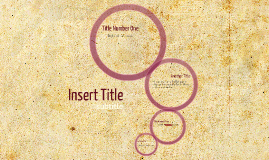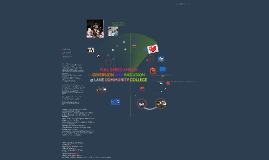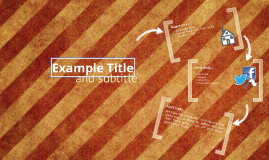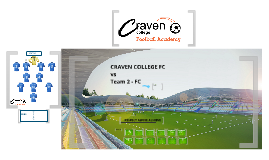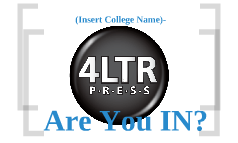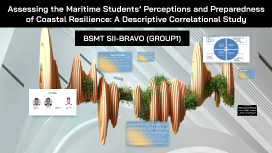Community College Template
Transcript: Perhaps you have attended the non-credit seminar at Maui College which reveals some of my multicultural experiences. Samir of the Kahduri Bedouin Tribe in the, Sinai Desert, was my Aide, Bodyguard, and “Ambassador” to rival tribes. With us is Abraham Ka’au of Maui, Hawaii who helped me organize the Hawaiian community and health givers, in efforts to stem the obesity and longevity crisis. The People and Faces that Define Diversity In my role as Gerontologist, Long Term Care Services Executive, and Health Education Trainer, I hired over 7000 employees to staff and serve over 20,000 residents and patients. The client population and staff represented the ethnic, racial, religious, and demographic tableau that is New York City. The combined Strengths, Abilities, Cultures/Ethnicities, Experiences, Genders, Religions, and Talents that each one of us brings to Lane Community College (including concepts of equal opportunity and affirmative action-the cornerstones of a diversity plan). Diversity at Lane CC is not only about age, gender, disability, gender identity, national origin, race, religion, sexual orientation, and veteran status. It’s about socioeconomic status, family background, languages, academic preparedness, and learning styles. Inclusion is about creating a climate where we all feel valued and appreciated, where diverse groups are interacting internally and externally, in academic and administrative decisions. But “How do we do this?” Increase Faculty Diversity o Lacking ethnic diversity among faculty makes it difficult to present our students a quality of education. A mono-racial world is not one in which our students live. Increasing diversity of faculty does not decrease academic standards. o Diverse faculty with diverse teaching methods produces students who are more complex thinkers. o Faculty of color promotes students with diverse role models and promotes more effective mentoring to minority students. To be successful o Engage faculty in this discussion. o Provide faculty with current research on the benefits of diverse faculty. o Include faculty diversity in the strategic plan. o Include faculty diversity plans in request for additional faculty. o Reexamine faculty recruiting practices. o Check out practices at peer institutions. o Students must learn in an environment that empowers them to reach their full potential when aspiring to “Global Citizenship.” o Faculty must teach in an environment that supports their ability to participate in “Applied Research,” upgrades teaching skills, and be rewarded for effective instruction. o Staff must work in an environment that utilizes their skills and abilities, and allows them to develop new ones. o An inclusive environment is one that supports diverse faculty recruitment. Not all groups of students believe that they have equal access to information about : o Academic Programs, Support Services, or Mentoring. o Information flows create an inclusive environment. Welcoming orientations for new students. Making resources more available for transfer, part time, evening, or weekend students, e.g. computer labs. Supportive Student centered Activities o Establish Multicultural Day o Encourage reps of various religious and spiritual student organizations to hold regular panel discussions. o Promote peer to peer dialogues on issues like race, religion, sexual orientation. o Create physical spaces where groups or individuals can meet informally. o Recruit under represented students. o Establish donor fund for socio-economically disadvantaged students. o Convene focus groups to identify obstacles faced by 1st generation college students and recommend ways to remove those barriers. WHAT ARE THE ALTERNATIVES? o Status quo? o Implosion of social democracy? o Third World penury? o Return to the Ottoman Empire? o 1984? o African Style Kleptocracy? o English Public School System? We all have to WIN in educational outcomes. We can’t afford even one LOSER. ON-LINE & MOOC STYLE Job Titles of The Future Educational Continuum Disease Control and Prevention National Institute for Occupational Safety and Health Physical Therapy Assistant Nursing Programs Ping Ling Tios, Head of Singapore’s Visiting Nurse Services. Together we traipsed through the Black Plague in India, the plight of minority workers in Oman, and potential solutions to health issues of the Filipino migrants in Ubud, Indonesia. Lane Community College is already a leading educational institution in creating an EQUITABLE AND FAIR environment in Oregon's educational mileu. We can't rest until we eliminate all exclusion and discriminatory behavior. FULL SPEED AHEAD! DIVERSION AND INCLUSION @ LANE COMMUNITY COLLEGE We need help, we urge you to .... Areas of Service I am proud to call this esteemed audience my friends and colleagues. A warm welcome to: Jesse Cohen, President of South-Bronx Family Services, who was my co-Counselor and assisted in taking our Bronx House Summer Camp kids to the March on Washington.






